'One app to rule them all is dead': How Uber and Lyft can get disrupted
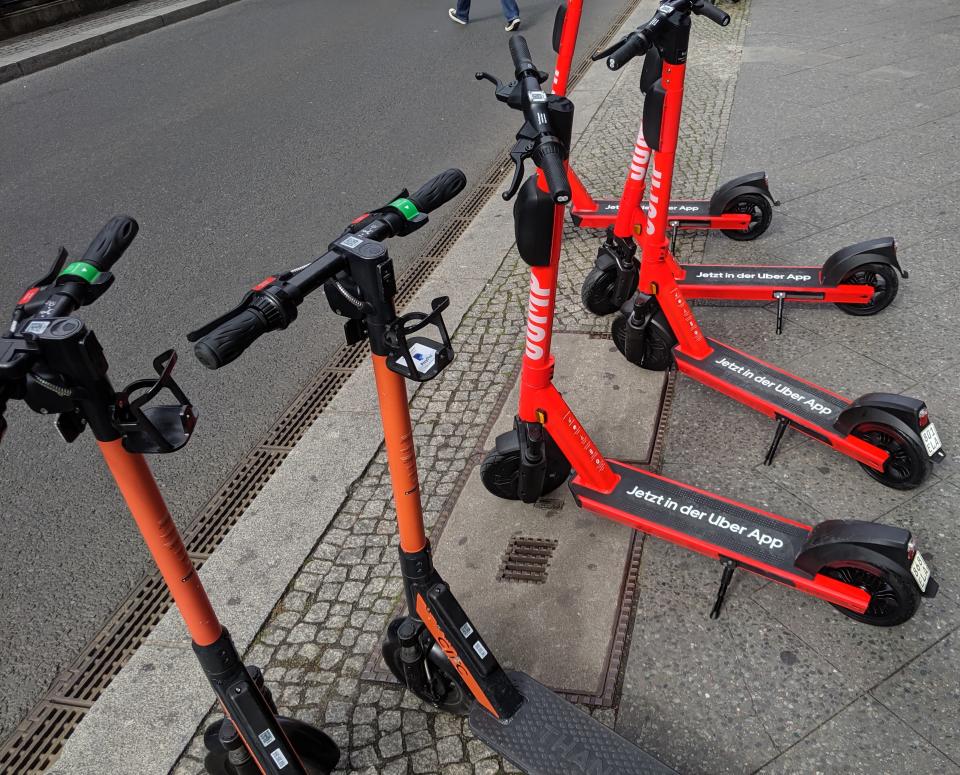
BERLIN - On a sunny September morning I set a timer and began walking the streets of Berlin with a mission: to count every single “mobility” company possible. An hour later I had counted over a dozen bike and scooter-sharing services. A visitor to the city can’t help but notice something is different in Berlin, where wheeled devices of all shapes, colors, and sizes scatter the streets more than your average city.
Berlin is far more advanced than cities like San Francisco, London, and New York when it comes to getting from A to B. The city’s sidewalks have turned into a veritable menu of transportation options, and the fact that it marries the useful parts of the modern world (apps and sharing) with older transportation forms like the bicycle and scooter makes it appear thoughtful.
While everything in the crowded mobility landscape feels somewhat impermanent and new, it also feels strangely post-Uber. The winner-take all attitude for personal mobility pioneered by Travis Kalanick has been replaced by a pluralistic transportation environment.
Maybe too pluralistic. Since kick scooters got permission to launch in Berlin in early summer, Voi, Tier, Lime, Bird, Circ, Hive, and Jump have descended on the town, joining bicycle sharing services Donkey Republic, Moobike, Lidl-Bike, Jump Bike, and Deezer. For Vespa-style roller scooters, there are Emmy and Coup. For quick, one-way car rental there’s Sixt, DriveNow, Miles, Car2Go, and Flinkster. For Uber-like taxi services there are Uber, BerlKönig, Via, and CleverShuttle. And don’t forget the U-bahn (subway), S-bahn (commuter rail), Tram (streetcar), and bus.

Though Berlin has a few key characteristics that make it more open to mobility innovation, the city also illustrates how changes in transportation and mobility can happen — and how companies like Uber can have serious competition from unlikely places.
How many transportation apps can you have on your phone?
The absence of a winner-take-all environment is most evident if you look at a Berliner’s phone. One media consultant and former journalist showed me his phone. It had not one, two, or three, but four pages of various transportation apps — many of which see regular use. There’s two reasons for this madness, he told me. First of all, it might take a few apps until you find something near you available, as few of these companies have enough density to blanket the city with options — the recipe for transportation monogamy.

The other reason is price. Every time a new competitor enters the market, it undercuts the others and pushes down prices. For one-way car rentals, alternatives to taxis where you just unlock a car with your phone and drive yourself to your destination, the situation is especially in the consumers’ favor. Though kick-scooter startups like Lime, Voi, and Tier are funded by venture capital, the car options come from BMW, Daimler, and VW. Unlike the startups, these companies have so much money that they can afford to price low in search of market share.
VW, which recently entered the market with WeShare, has jaw-dropping prices of 0.19€/km ($0.35/mi) its electric Golf cars, about half that of its competitors. “The German car companies are s***ing themselves,” the consultant told me, explaining that the desperate prices come from legacy car companies trying to diversify their business model for a future in which people don’t buy cars in the same way as today. For sober Berliners with licenses, these car options are viable alternatives to a taxi or an Uber, given the ease and the cost. A trip across town that might run 20€ or more is knocked down to 5€, if you’re willing to drive yourself.
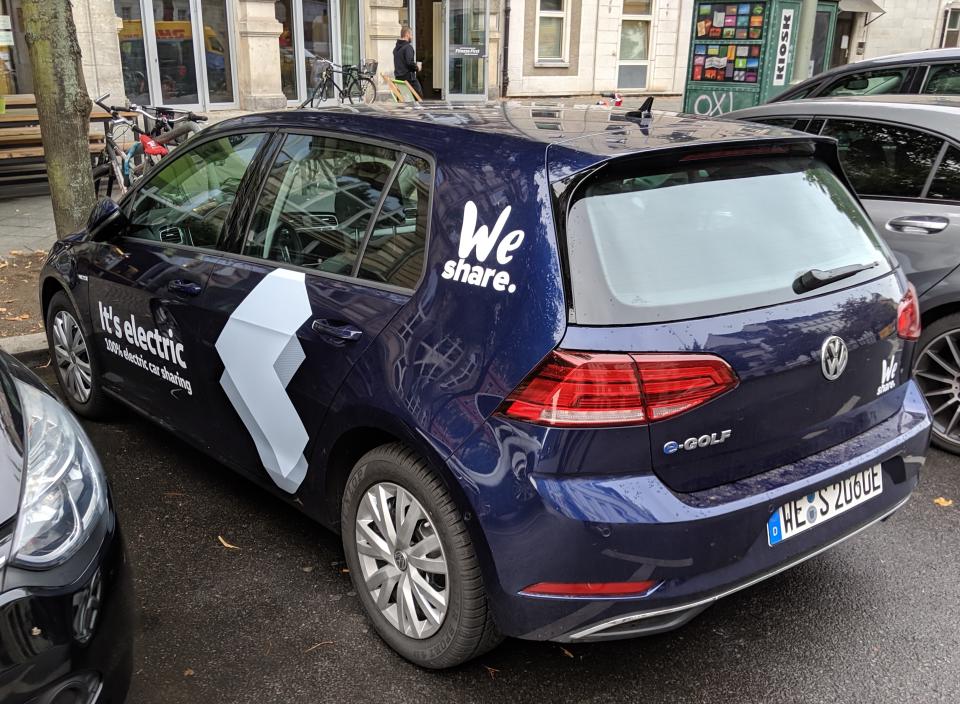
Losing money vs. worrying about staying profitable
The big bets Uber and Lyft have made — tons of investment that subsidize a product to gain millions of users and hopefully a profit margin eventually — rely on domination and the idea that success is mutually exclusive. They haven’t paid off yet.
“We have incurred significant losses since inception, including in the United States and other major markets,” Uber’s form 10K reads. Both Uber and Lyft stocks have plunged since their IPOs. The companies have always been fiercely competitive, and a key issue has been growth. Competition to maintain “Personal Mobility market share” is an enormous risk for the company [Uber], as the “cost to switch between products is low.”
“Generally, for a given geographic market, we believe that the operator with the larger network will have a higher margin than the operator with the smaller network,” reads Uber’s Form 10-K. To get there, the company expects its “operating expenses to increase significantly in the foreseeable future, and [it] may not achieve profitability.”
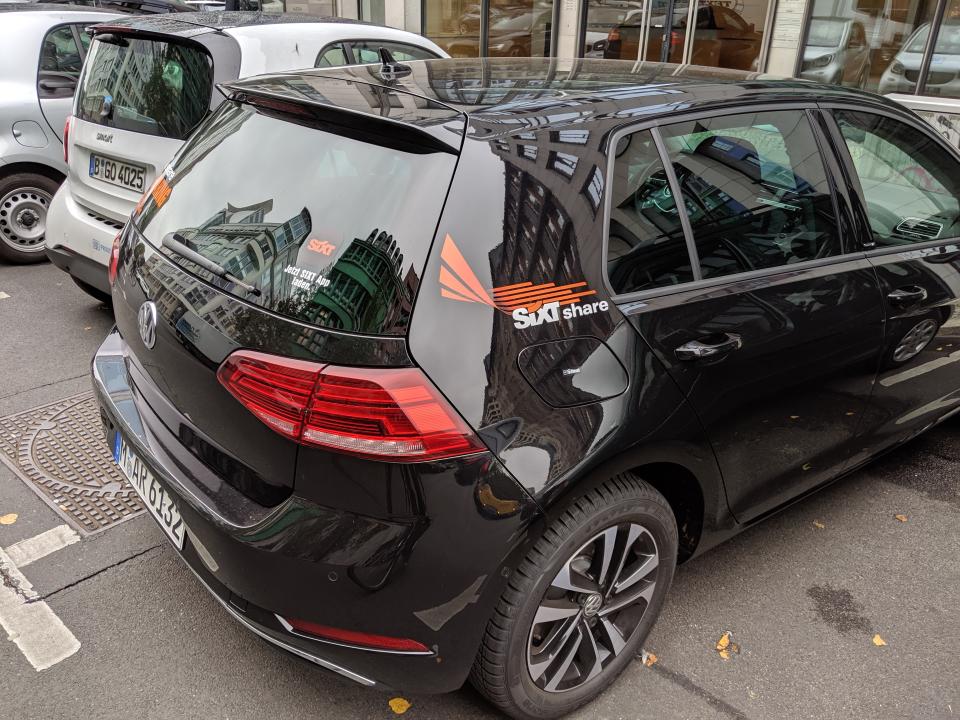
This gamble contrasts with car companies like BMW, Daimler, and Volkswagen. They can afford and are even obligated to sink cash into projects like these. The automakers’ forays into the mobility space come recognizing the fact that cars don’t have the same role now that they did, say, a few decades ago. That’s a lot different from Uber’s more emergent existential fear that it won’t be able to survive on what it kills when investor dollars taper off. Daimler and BMW have combined their Car2Go and DriveNow services in a joint-venture called ShareNow, investing over a $1 billion.

Though a few companies like GM have experimented with car sharing without much success, most development has been with self-driving cars. There’s good reason for why car-sharing fleets are appearing chiefly in Germany, says Sam Baker, COO at Wunder Mobility, a German startup based in Hamburg that powers many mobility platforms technology: around a quarter of jobs are tied to the automotive industry.
“The German economy is so intertwined with the automotive industry,” Baker said. “How the mobility industry evolves is essential for them, so that’s why there’s a lot of money from the automotive sector and government. The nature of car ownership is changing and we’re a huge manufacturer of cars.”

This intertwining that’s caused by these high stakes means that government has a special interest to facilitate any innovation that’s possible, which makes changes possible that wouldn’t be as easy in the U.S.
Stefan Gelbhaar, a member of Germany’s federal parliament the Bundestag, told Yahoo Finance that Berlin’s government and a “mobility law” it passed to encourage alternative transportation and discourage personal car usage have a lot to do with fostering mobility innovation.
“Berlin has the lowest rate of car owners in all big German cities. This generates the pressure and chance for innovative mobility solutions,” he said.
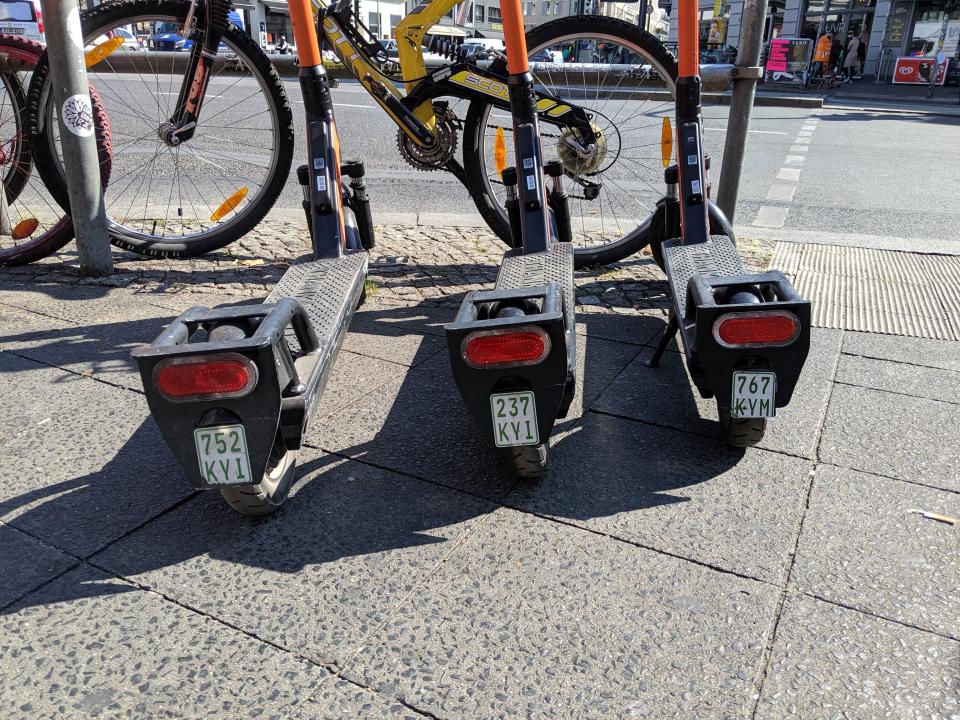
If car companies in the U.S. get spooked enough by the future or changing consumer behavior to invest more fully in car-sharing, that could have a dramatic effect on the transportation landscape — and the endgames of Uber and Lyft.
Companies make it very easy to start a mobility service
Though some of the 13 companies I found on my walk through Berlin started up with giant nest eggs and their own expensive teams of mobile engineers, this isn’t required anymore. The rise in mobility companies has created a small industry of firms that provide plug-and-play options for anyone who wants to start a transportation service, taking care of everything from apps to building a fleet of vehicles. This is what Baker’s Wunder Mobility does, and the company announced earlier this month it was going after the U.S. market.
“When we first started with [shuttle service] Wundercar we were a ridesharing app and the vision in the market then was one app to rule them all,” said Baker. “Now we see 4 or 5 years later, a pluralistic transportation environment. Sometimes it’s [led by] VC firms, sometimes private, sometimes cities.”
Today, it’s so easy to bring a product to market, and a diverse transportation environment seems eminently more possible.
“We’re an open platform in the middle to allow any entrepreneur, city, or [car company] to start its own mobility startup overnight,” said Baker.
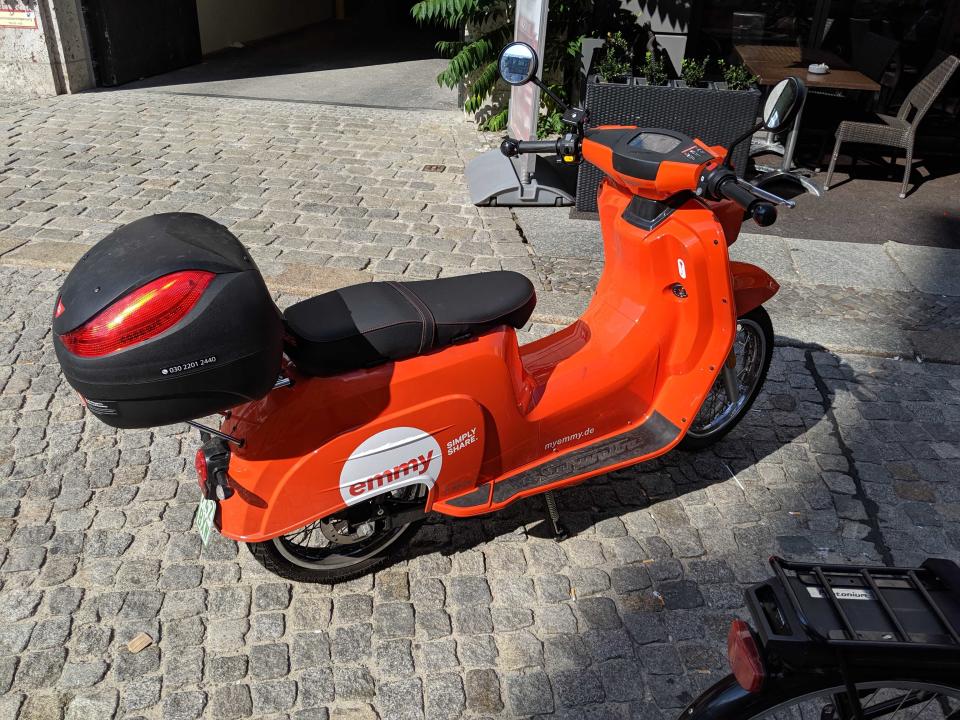
Mobility startups and former startups like Uber, Lyft, and many of the scooter companies might not make any money yet — and may not ever. But while profit-seeking startups might be big gambles, Berlin and other cities have shown that some people and companies are still willing to try, especially if it can be tailored to specific cities and markets.
Even the VCs stop investing in mobility startups, Baker stresses that only a small amount of transportation happens on these techy services. Traditional transit players like cities and rental companies that have been working for “centuries,” are trying to evolve into apps and modern services as well. This has the potential to re-disrupt the industry, thrusting transportation to the public sector.
There’s plenty of examples of arming a city with Silicon Valley-esque tech, and it often takes the form of a public-private partnership. In Berlin, BerlKönig is a ride-pooling service that competes with Uber and taxis run jointly by state-owned Berliner Verkehrsbetriebe — which also runs the metro — and Via, an American ride-hailing company. CleverShuttle is a similar service run by DeutscheBahn, the national train company. In Hamburg, the local government partnered with VW on a Moia shuttle service.
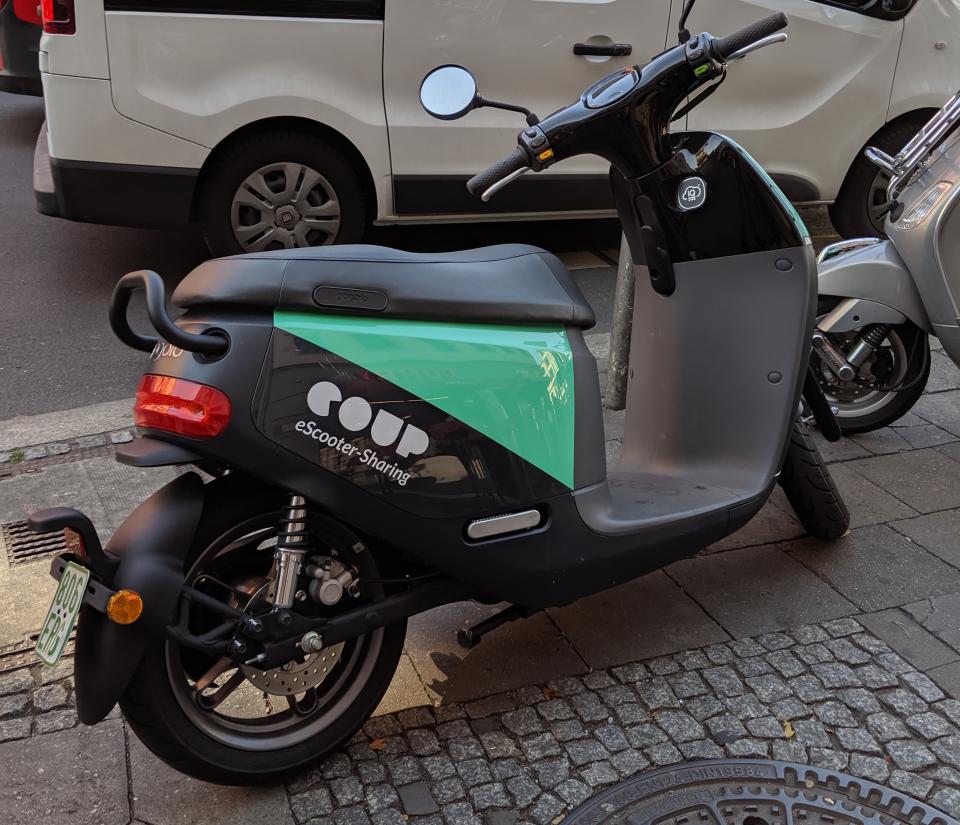
For these cities, profitability is also not a concern — which simply need to break even or perhaps figure out a way to make a few bucks off of visitors. While Uber is trying to make money for its shareholders, Berlin is trying to get its citizens from A to B safely and on the cheap, opening up operational possibilities that would not exist for a for-profit company.
Cities aren’t the only vision of this strategy. Baker and Wunder’s play into the U.S. plans to target other, newer use cases for carsharing besides the traditional airport Hertz and more modern Car2Go model. “You can put small private car fleets in parking garages where you live or work,” he said. Essentially, the idea is to have technology to empower a small entity like a condo association to launch its own app and set up a bunch of cars to rent them out on an hourly, daily, or weekly basis to its members.
If Uber is the software-based middleman between taxis and people, companies like Wunder are the next-level of middleman, helping people start services instead of simply finding them a ride from A to B.
Consolidation but still plural
For startups that require massive scale to function, the market is often a war of attrition, as Uber’s filings make clear. Companies throw money at consumers to try to get market share, essentially grabbing their competitors and dragging them underwater, hoping that like a crocodile, they will be able to hold their breath the longest and run out of air and money last.
For many of the companies that I saw on my walk, this may apply. There’s nothing that says a consolidation isn’t coming — and probably a lot that says one is. The VC-funded kick scooter situation, the unit economics look pretty tough. According to BCG, it takes about 3.8 months for a scooter to break even and a scooter’s durability is about three months — these things are ridden hard. Berlin’s Voi office has to drag a scooter out of the Spree river or Landwehr Canal every week, according to the Globe and Mail.
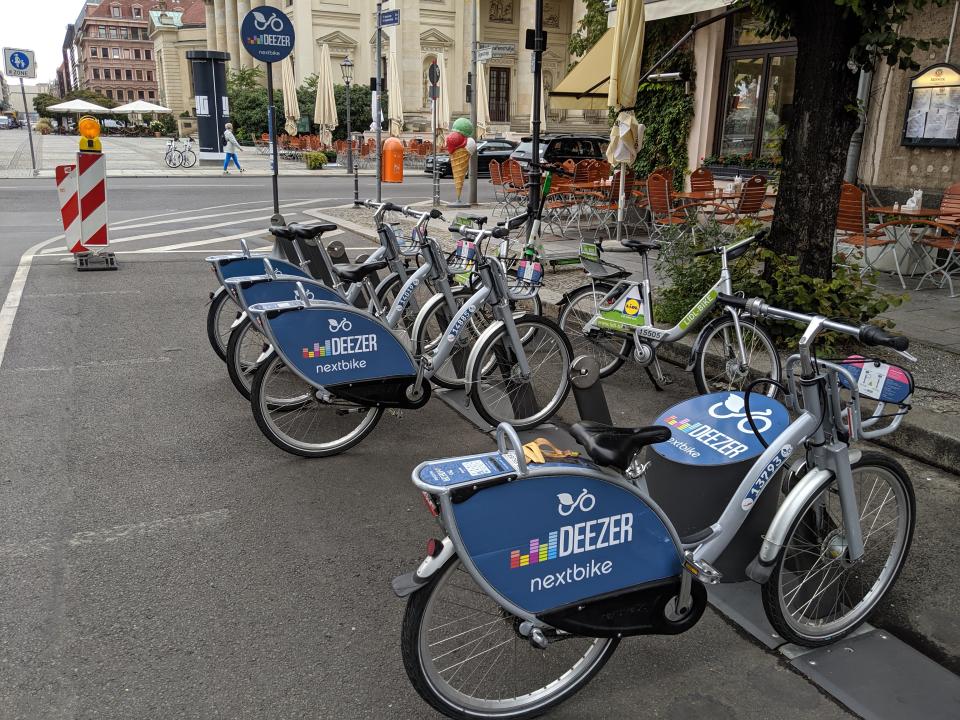
There are probably ways and prices in which a startup can thrive, perhaps not in every market but in certain ones, with certain competitors. As the year goes on, a city’s carrying capacity for these companies will become clear.
As of now, Berliners — and Hamburgers — don’t have a single app or service that handles all the transportation needs, but something like that will probably emerge, working to connect potential passengers with the right service for them. Baker says similar aggregation technology is being used currently, just not yet by customers. Right now, cities use them to track how inhabitants are using all the transportation options at their disposal in order to make better policy.
“The first step is just a city management tool,” said Baker. But, he added, “you could imagine [an aggregation app is] an offering for the end consumer.”
That could finish with an Amazon-like entity aggregating third-party services for a percentage, or a city offering it for free. To an extent, it’s happened with aggregation apps like Moovel and Trafi. But if and when that happens at a larger scale, it’s sure to a chilling effect on the Ubers and Lyfts of the world that aim for dominance, by empowering small players. At least right now, you have to do a little bit of work to get the benefits and fill your phone up with apps.
-
Ethan Wolff-Mann is a writer at Yahoo Finance focusing on consumer issues, personal finance, retail, airlines, and more. He is reporting from Berlin on the Arthur F. Burns fellowship from the International Center for Journalists. Follow him on Twitter @ewolffmann.
How to know if your next flight is on a Boeing 737 Max
‘Flight shame’: A potential headwind for airlines in Europe
Beyond Meat is learning a big lesson in Germany
Read the latest financial and business news from Yahoo Finance
Follow Yahoo Finance on Twitter, Facebook, Instagram, Flipboard, LinkedIn, YouTube, and reddit.

 Yahoo Finance
Yahoo Finance 